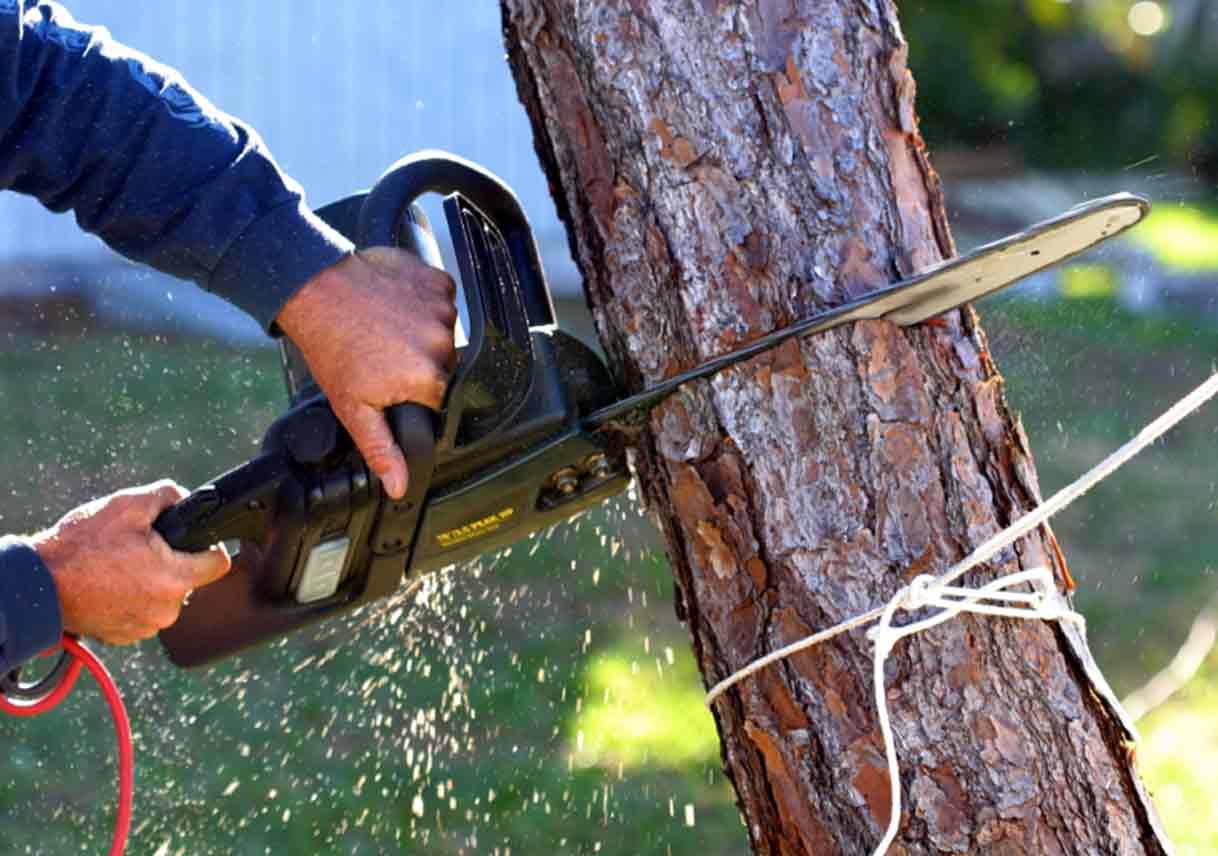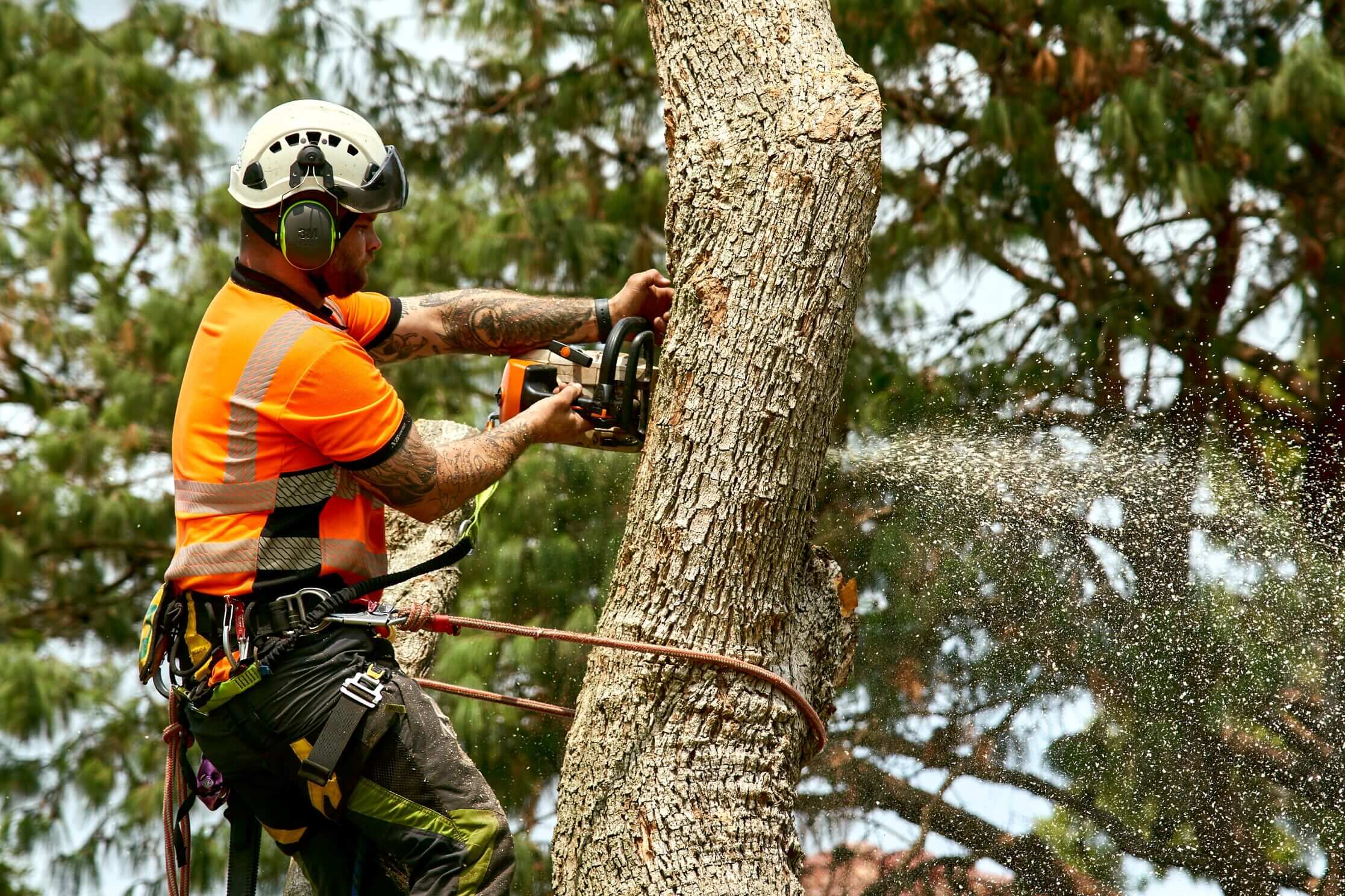Tree removal is a crucial task that requires careful planning and execution. Whether you are removing a tree for safety reasons, to create space, or to improve the aesthetics of your property, it is essential to follow the right techniques and guidelines to ensure a successful removal process. In this comprehensive guide, we will explore the key aspects of tree removal on the Central Coast and provide you with essential tips for effective results.
Understanding the Basics of Tree Removal
Before diving into the tree removal Central Coast process, it is important to understand why it is necessary and the impact it can have on your property and surroundings.
Tree removal serves various purposes, such as eliminating potential hazards, preventing damage to property, and improving the overall health and aesthetics of the landscape. Dead, diseased, or damaged trees can pose significant risks, especially during storms or strong winds. Removing such trees in a timely manner can help ensure the safety of your home and the people around it.
However, tree removal is not a decision to be taken lightly. It requires careful consideration of several factors to ensure a smooth and successful process. Visit https://lawnteksd.com/mastering-tree-removal-in-the-blue-mountains-a-comprehensive-guide for a comprehensive guide mastering tree removal in the Blue Mountains.
The Importance of Tree Removal
Tree removal is essential for maintaining the safety and well-being of your property. Trees that are dead, diseased, or damaged can become unstable and prone to falling, posing a risk to your home, vehicles, and even people. By removing these hazardous trees, you can prevent potential accidents and property damage.
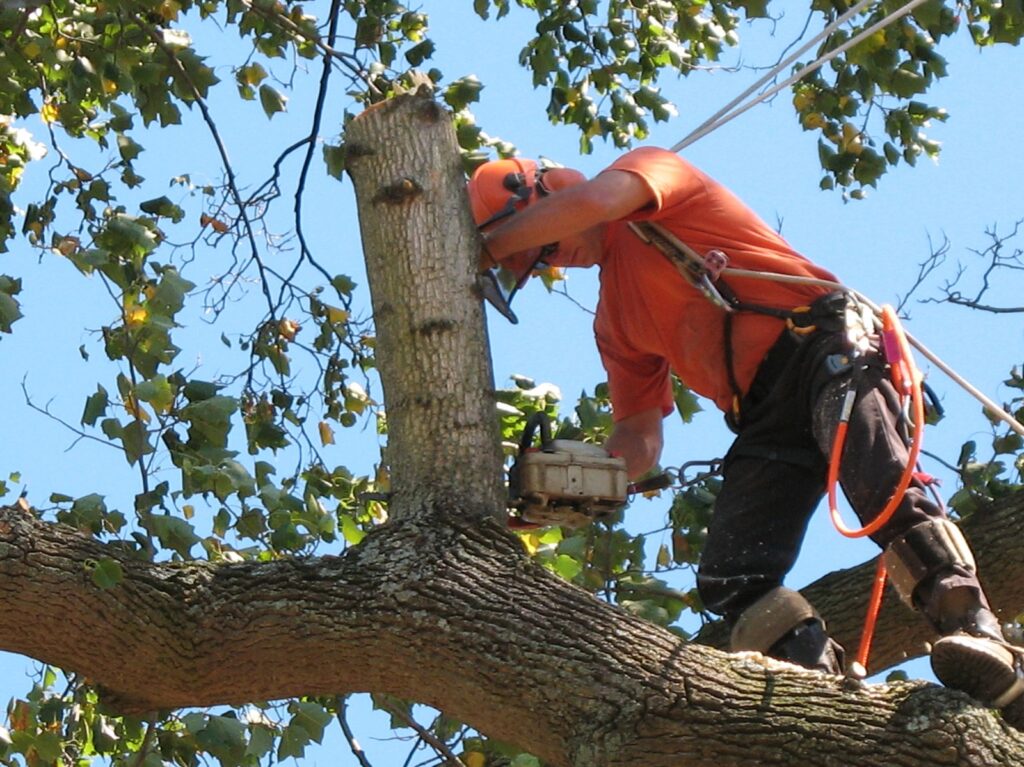
In addition to safety concerns, tree removal can also enhance the overall health and aesthetics of your landscape. Removing diseased or infested trees can prevent the spread of pests and diseases to other healthy trees in the vicinity. It can also create more space and sunlight for the remaining trees, promoting their growth and vitality.
Furthermore, tree removal can improve the visual appeal of your property. Removing unsightly or overgrown trees can open up the view, making your landscape appear more spacious and inviting. It can also provide an opportunity to replant new trees or install other landscaping features that better suit your preferences and style.
Key Factors to Consider Before Tree Removal
Before proceeding with tree removal, there are several factors you should consider to ensure a smooth and successful process:
The size and condition of the tree
Assess the tree’s size and health to determine the complexity of the removal process and whether professional help is needed. Large trees or those with extensive damage may require specialized equipment and expertise for safe and efficient removal.
Local regulations and permits
Check with your local authorities regarding any regulations or permits required for tree removal in your area. Some municipalities have specific guidelines and restrictions to protect certain tree species or preserve the natural environment.
Surrounding structures and utilities
Identify any nearby structures, power lines, or underground utilities that may be affected during the removal process. It is crucial to plan the tree removal in a way that minimizes the risk of damage to these elements. In some cases, it may be necessary to hire professionals who are experienced in working near utilities or in confined spaces.
Environmental impact
Consider the environmental impact of tree removal and explore alternative options if appropriate. Trees play a vital role in maintaining ecological balance, providing shade, and improving air quality. If possible, consult with an arborist or tree care professional to determine if there are alternative solutions, such as pruning or tree preservation techniques, that can address the issue without completely removing the tree.
Cost and budget
Tree removal can vary in cost depending on factors such as the size of the tree, accessibility, and additional services required, such as stump removal or debris cleanup. It is important to consider your budget and obtain quotes from reputable tree removal companies before making a decision.
By carefully considering these factors, you can make an informed decision about tree removal and ensure a safe, efficient, and environmentally responsible process.
Preparing for Tree Removal
Once you have made the decision to remove a tree, proper preparation is crucial to ensure a safe and efficient removal process.
Tree removal is a significant task that requires careful planning and execution. It is important to prioritize safety and have the necessary tools and equipment to carry out the job effectively. By following the right precautions and using the appropriate gear, you can ensure a successful tree removal.
Safety Measures to Take
Prioritize safety during tree removal by following these essential precautions:
- Wear appropriate personal protective equipment (PPE), including gloves, safety glasses, and a hard hat.
- Keep a safe distance from falling branches or the tree itself, especially if it shows signs of instability.
- Clear the work area of any obstacles or debris that may hinder the removal process.
- Use caution when operating tools and equipment and follow the manufacturer’s instructions.
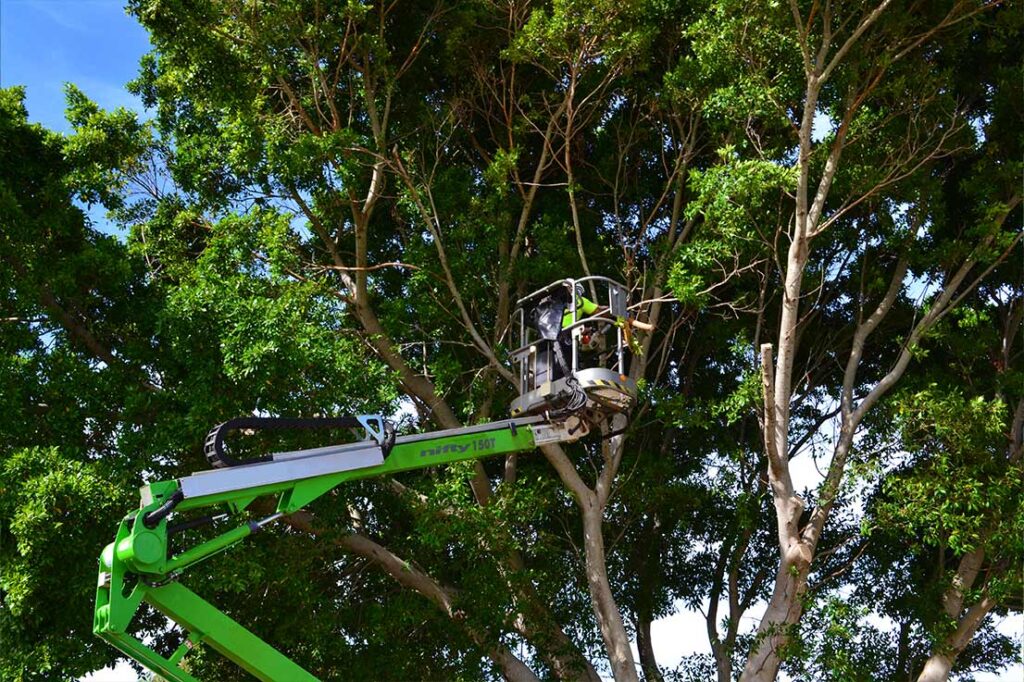
Ensuring safety during tree removal is of utmost importance. Wearing the right personal protective equipment, such as gloves, safety glasses, and a hard hat, can protect you from potential hazards. It is crucial to maintain a safe distance from falling branches or the tree itself, especially if there are signs of instability. Clearing the work area of any obstacles or debris will provide a clear path for the removal process. Additionally, using tools and equipment with caution and following the manufacturer’s instructions will help prevent accidents.
Necessary Tools and Equipment
Having the right tools and equipment is essential for a successful tree removal. Here are the key items you may need:
- Chainsaw: A chainsaw is the primary tool for cutting down the tree and removing branches.
- Pruning Tools: Pruning tools such as loppers and pruning shears are necessary for removing smaller branches.
- Climbing Equipment: If the tree requires climbing, appropriate climbing gear, including harnesses and ropes, should be used.
- Protective Gear: Personal protective equipment, including gloves, safety glasses, and a hard hat, is crucial for safety.
Each tool and equipment plays a vital role in the tree removal process. A chainsaw is the primary tool used to cut down the tree and remove branches efficiently. Pruning tools like loppers and pruning shears are necessary for removing smaller branches with precision. In cases where climbing is required, appropriate climbing gear, including harnesses and ropes, should be used to ensure the safety of the tree removal professionals. Lastly, personal protective equipment, such as gloves, safety glasses, and a hard hat, should always be worn to protect against potential hazards.
Step-by-Step Guide to Effective Tree Removal
Removing a tree requires a systematic approach to ensure a safe and successful outcome. Follow these steps to effectively remove a tree from your property:
Assessing the Tree and Surrounding Area
Before you begin the removal process, carefully assess the tree and its surroundings. Look for signs of rot, disease, or damage. Evaluate the direction in which the tree is leaning and identify any potential obstacles that may affect the tree’s fall.
Assessing the tree involves more than just a visual inspection. It is important to consider the health of the tree’s roots as well. A tree with weakened or damaged roots may pose a greater risk during the removal process. Additionally, take note of any nearby structures, power lines, or other objects that may be in the tree’s potential fall zone.
Once you have thoroughly assessed the tree and surrounding area, establish a clear escape route for yourself and your crew in case of any unexpected events during the removal process. This escape route should be free from any potential hazards and allow for quick and safe evacuation if needed.
Cutting Techniques and Strategies
Tree removal involves strategic cutting techniques to ensure the safety of both the tree remover and the surrounding environment. Follow these guidelines:
- Start by removing smaller branches using pruning tools. This will make the tree easier to manage during the final cutting phase. Take care to remove branches in a controlled manner to prevent any damage to nearby structures or plants.
- Make a horizontal cut at a 70-degree angle on the side of the tree where you want it to fall. This cut is known as the “felling cut.” The angle of the cut is important as it helps direct the tree’s fall in the desired direction. It is crucial to accurately assess the tree’s lean and adjust the angle of the felling cut accordingly.
- After making the felling cut, move to the opposite side of the tree and create a horizontal cut slightly above the felling cut. This cut is called the “back cut.” The back cut helps create a hinge that guides the tree’s fall and prevents it from splitting or falling in an uncontrolled manner.
- Continue making the back cut until the tree starts to lean and fall in the intended direction. It is important to maintain a safe distance from the falling tree and be prepared to move quickly if necessary. The speed and direction of the tree’s fall can sometimes be unpredictable, so staying alert and focused is crucial.
When removing a tree, it is important to prioritize safety at all times. If you are unsure about any aspect of the tree removal process, it is recommended to consult with a professional arborist or tree removal service. They have the expertise and equipment necessary to safely and efficiently remove trees of all sizes.
Post-Removal Processes
Once the tree has been successfully removed, there are important post-removal tasks that need to be addressed to ensure a clean and safe environment.
Dealing with the Stump
Depending on your preference, there are several options for dealing with the remaining tree stump:
- Stump Grinding: Hire a professional stump grinding service to completely remove the stump and its roots.
- Natural Decomposition: Allow the stump to naturally decompose over time. This process can take several years.
- Repurposing: Transform the tree stump into a unique and decorative feature for your garden or outdoor space.
Disposing of the Tree Responsibly
Proper disposal of the tree and its debris is essential for maintaining a clutter-free landscape and protecting the environment. Consider the following options:
- Composting: Convert tree branches and smaller debris into nutrient-rich compost for your garden.
- Recycling: If possible, recycle larger tree trunks and branches into mulch or other usable materials.
- Green Waste Collection: Contact your local waste management service to inquire about green waste collection for tree removal debris.
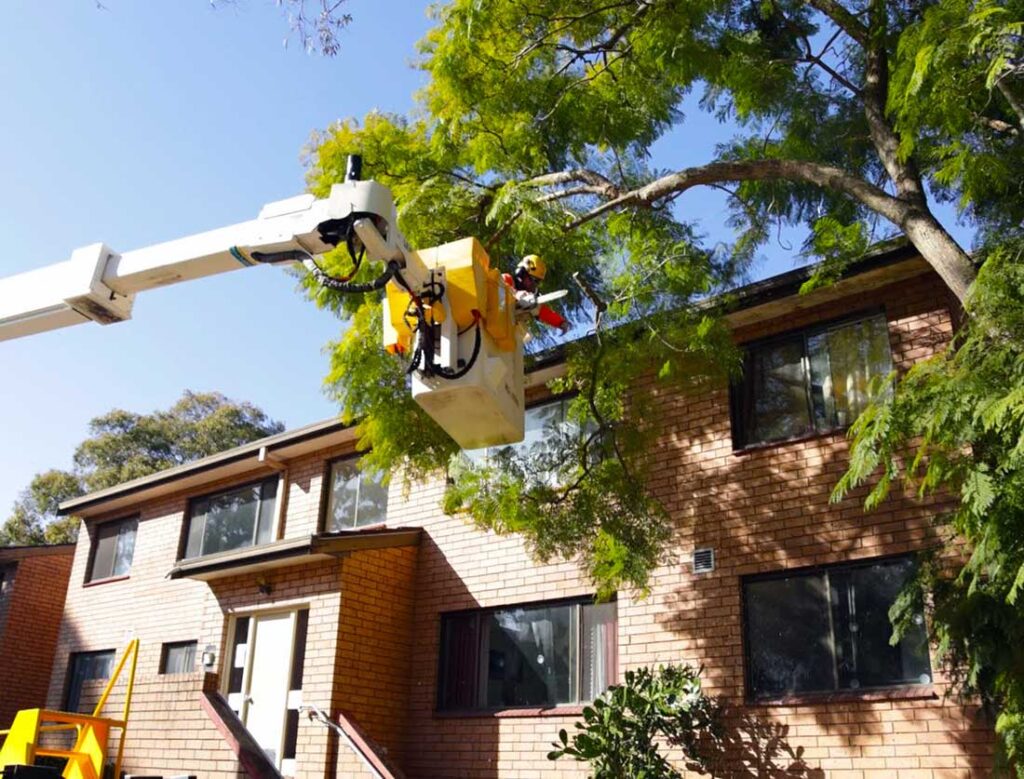
Hiring Professionals for Tree Removal
While some tree removal tasks can be done by homeowners, certain situations require professional expertise and experience.
When to Call in the Experts
Consider hiring professional tree removal services in the following situations:
- Safety Concerns: If the tree is located near power lines, structures, or other hazards, professional assistance is highly recommended.
- Complex Tree Removals: Large, mature trees, or trees in tight spaces may require specialized equipment and techniques that are best handled by professionals.
- Lack of Experience: If you are unfamiliar with tree removal techniques or lack the necessary tools and equipment, it is safer to hire professionals.
Choosing the Right Tree Removal Service
When selecting a tree removal service, consider the following factors:
- Experience and Reputation: Look for a service provider with a proven track record and positive customer reviews.
- Insurance and License: Ensure that the company is properly insured and holds the necessary licenses for tree removal operations.
- Cost and Estimates: Obtain estimates from multiple providers and compare prices to ensure you are getting a fair deal.
- Safety Practices: Inquire about the company’s safety procedures and protocols to ensure they prioritize safety during the removal process.
By following these essential tips and guidelines, you can confidently undertake tree removal projects on the Central Coast. Remember to prioritize safety, consider the environmental impact, and seek professional assistance when necessary. With proper planning and execution, tree removal can be a successful endeavor, improving the safety, aesthetics, and overall health of your property.

